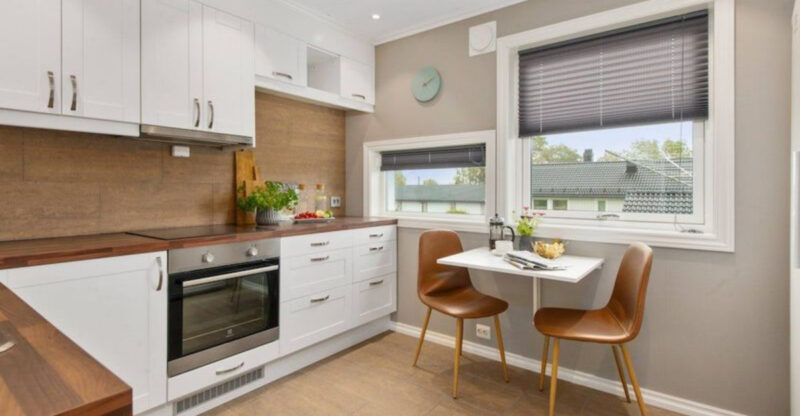16 Expert Tips For Making Small Bedrooms Work Harder
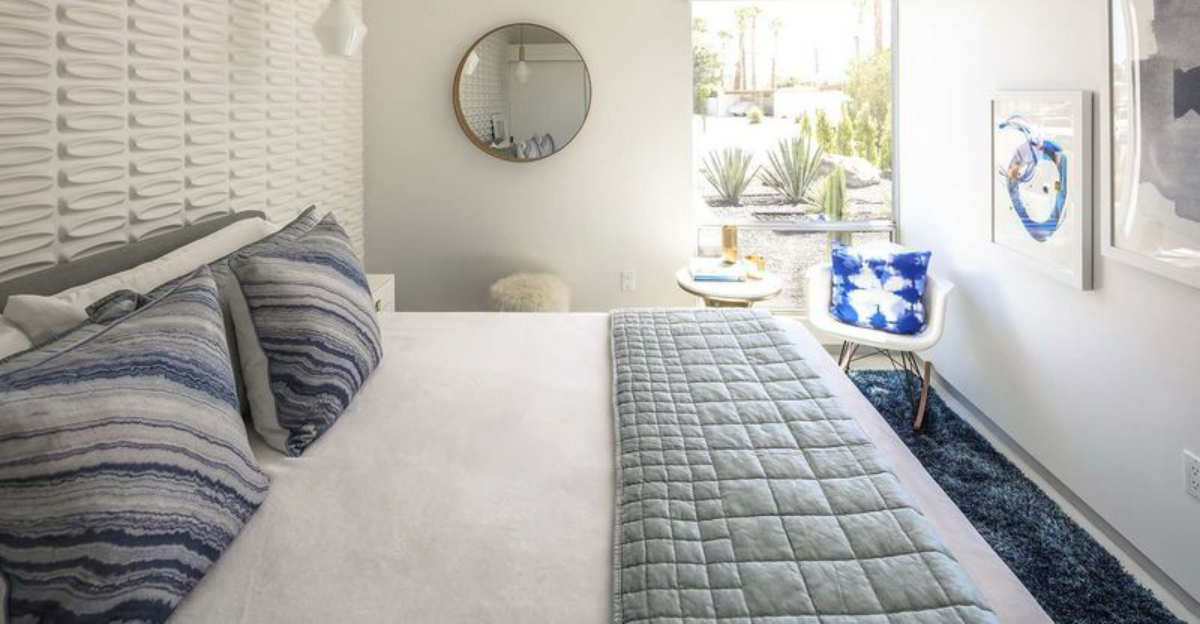
Small bedrooms can feel like a design challenge, but they’re actually full of potential! With the right tricks, you can transform a tiny space into a cozy, functional retreat that meets all your needs.
I’ve gathered advice from top interior designers to help you maximize every inch of your bedroom without sacrificing style or comfort.
1. Go Vertical With Storage
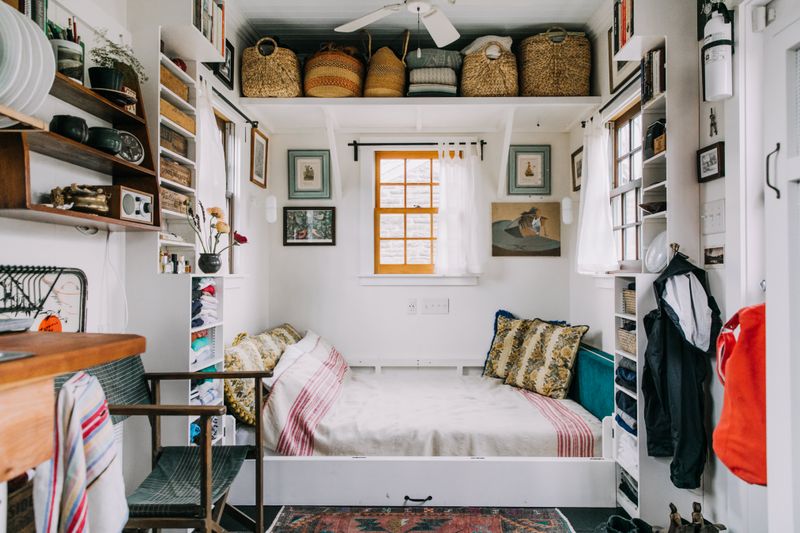
Your walls are valuable real estate in a small bedroom. I installed floor-to-ceiling bookshelves in my tiny apartment bedroom, and it completely changed the game. The vertical storage freed up my floor space while giving me places for books, decorative items, and even folded clothes.
Don’t forget about the space above your door – it’s perfect for storing seasonal items or things you don’t need daily. Wall-mounted shelves, hanging organizers, and over-door hooks can triple your storage without taking up precious floor space.
2. Choose Furniture With Hidden Storage
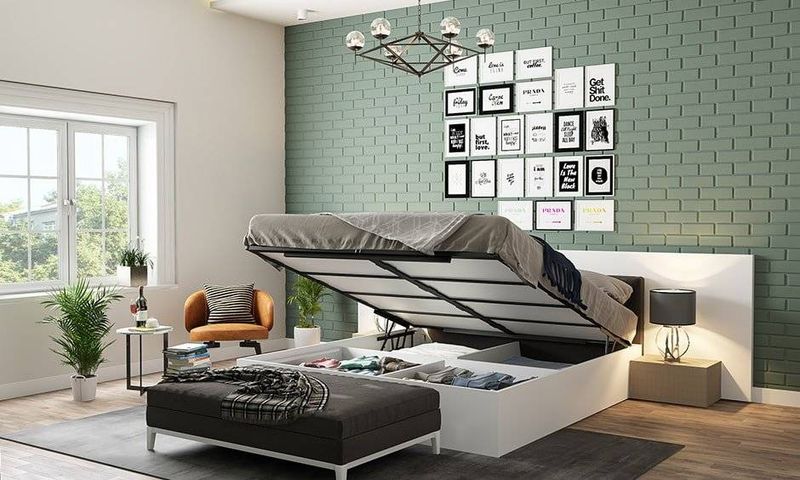
My life changed when I bought a bed with drawers underneath! These multi-purpose pieces are absolute lifesavers in tight quarters. Look for ottomans that open up, nightstands with multiple drawers, or even coffee tables with compartments inside.
Storage benches at the foot of your bed serve double duty – seating and a place to stash extra blankets. Even your headboard can work harder if you choose one with built-in shelving or cabinets. Every piece of furniture should earn its keep by doing more than one job.
3. Embrace Mirrors For Visual Expansion
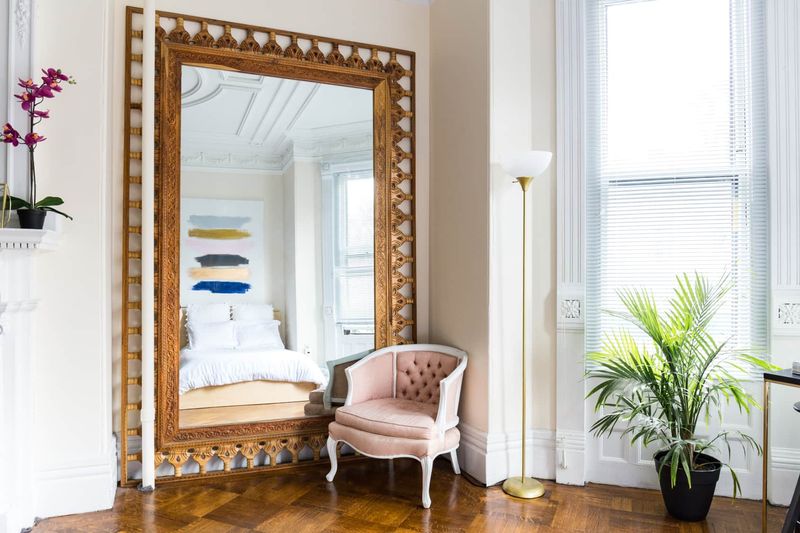
Mirrors are like magic wands for small spaces! I placed a full-length mirror opposite my bedroom window, and suddenly the room felt twice as big. They reflect light and create the illusion of depth, making your tiny bedroom feel more spacious instantly.
Consider a mirrored closet door or a gallery wall of smaller mirrors for an artistic touch. The trick is positioning – place mirrors to reflect the prettiest part of your room or a window with natural light. This simple addition bounces light around and tricks your eye into seeing more space.
4. Invest In Multi-Purpose Furniture
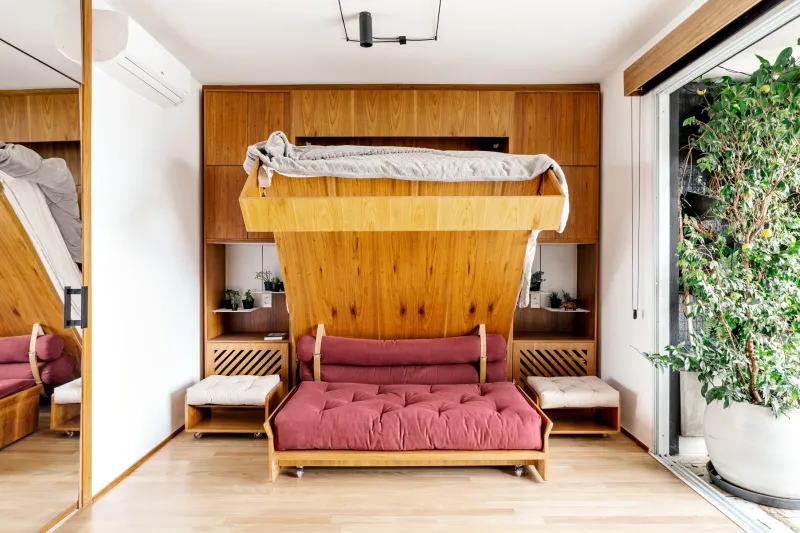
My fold-down desk has revolutionized my small bedroom! During the day, it’s my home office, but at night, it practically disappears against the wall. This kind of flexibility is gold in tight spaces. Murphy beds are the ultimate space-savers, giving you a full bedroom that transforms into a living area during waking hours.
Daybeds can serve as seating by day and sleeping space by night. Even a simple stool can work as a nightstand, extra seating, or a step to reach high shelves.
5. Scale Down Your Furniture
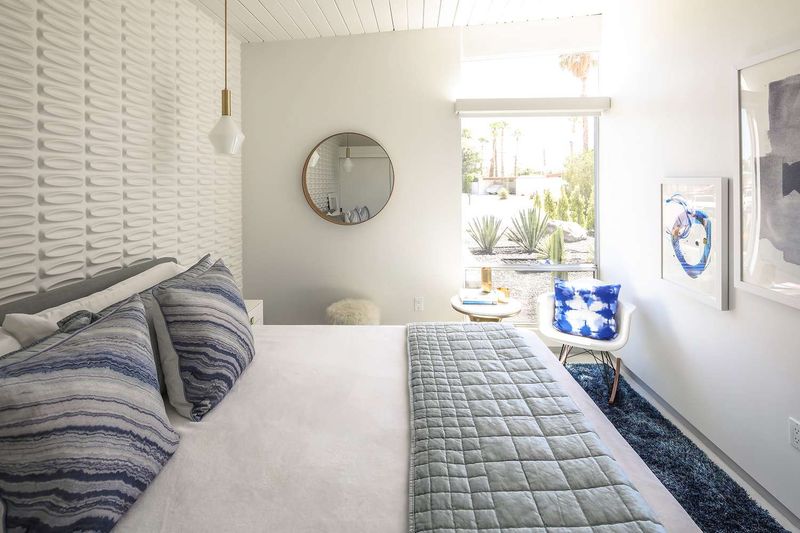
Oversized furniture is the enemy of small spaces! When I swapped my bulky queen bed for a streamlined full-size with a simple frame, my bedroom suddenly had room to breathe. Look for pieces with exposed legs that allow you to see the floor beneath – this creates a sense of openness.
Low-profile furniture keeps sight lines clear and makes ceilings appear higher. Consider a platform bed without a footboard or headboard, slim nightstands, and wall-mounted lighting instead of floor lamps. The proportion makes all the difference in how spacious your room feels.
6. Create A Cohesive Color Scheme
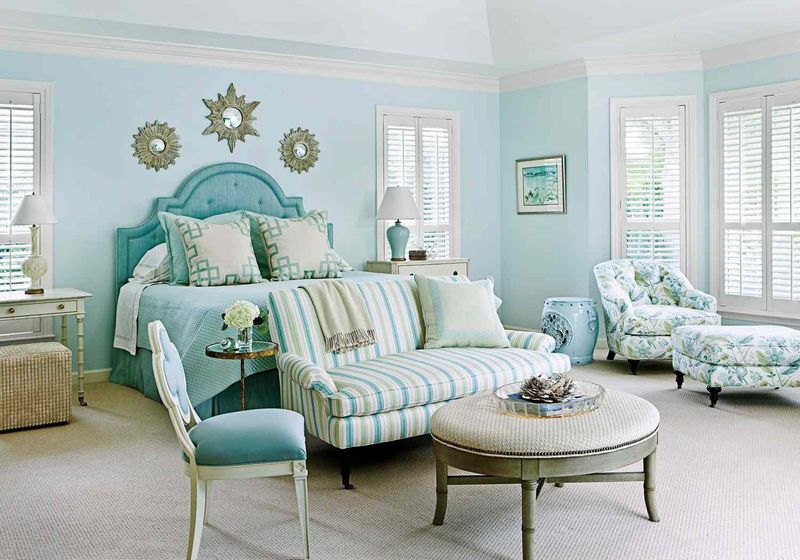
Color has incredible power in small spaces! I painted my tiny bedroom in soft, cool blues, and it instantly felt like a calm, airy retreat. Limiting your palette to 2-3 complementary colors creates visual continuity that makes the space feel larger and more organized.
Light colors generally make rooms feel bigger, but don’t be afraid of dark colors used strategically. A dark accent wall can actually create depth. Whatever palette you choose, carry it through from walls to bedding to accessories for a cohesive, expansive feel that doesn’t overwhelm the eye.
7. Maximize Under-Bed Space
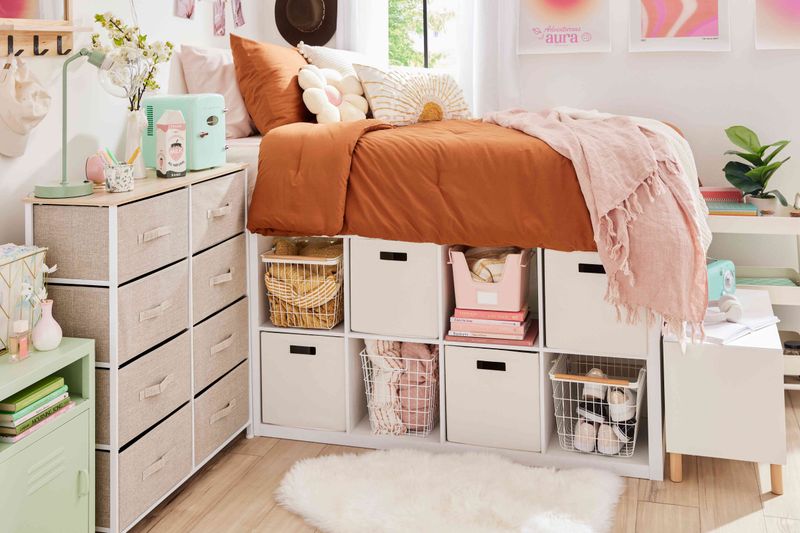
The space under your bed is prime real estate! I use slim rolling containers under mine to store off-season clothes and shoes. This hidden zone can hold a surprising amount without affecting the room’s appearance or function. If your bed sits low to the ground, consider bed risers to create more storage height.
For a cleaner look, choose storage containers in colors that match your decor or bed skirt. Label everything clearly so you don’t have to pull out multiple boxes to find what you need.
8. Install Floating Shelves And Nightstands
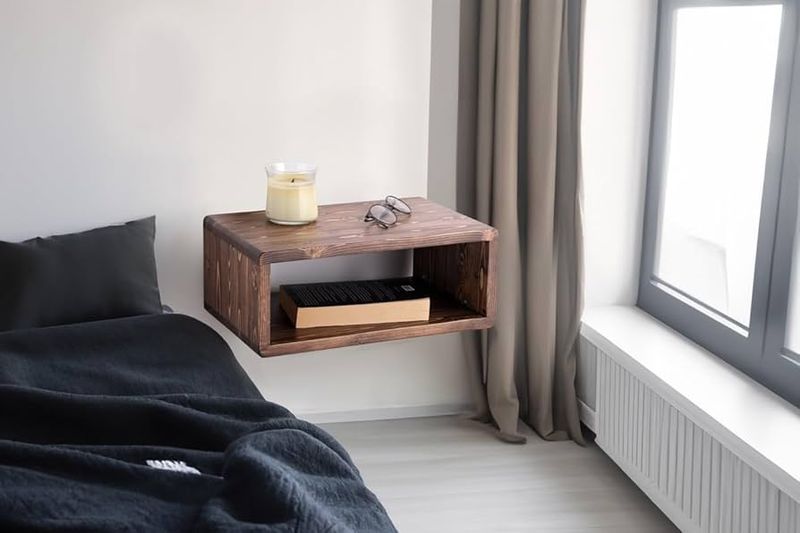
Floating furniture changed my small bedroom game completely! By mounting my nightstands on the wall instead of using floor-standing ones, I freed up visual and actual floor space. The room immediately felt less cluttered and cleaning underneath became a breeze.
Floating shelves work wonders above the bed or in awkward corners. They provide storage and display space without the visual weight of traditional furniture. Plus, you can install them at exactly the right height for your needs, making the room feel custom-designed for your lifestyle.
9. Use Behind-Door Storage Solutions
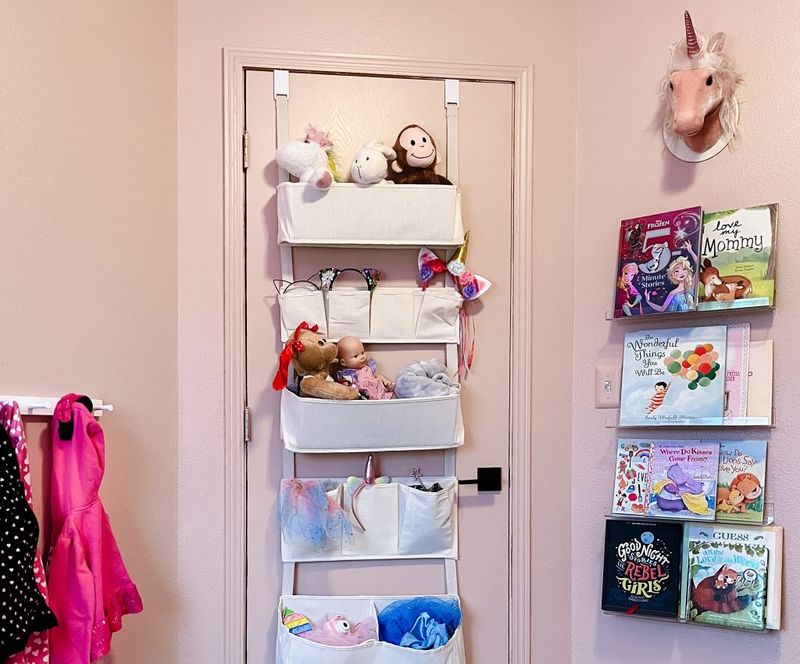
The back of your bedroom door is valuable storage territory! I hung a multi-pocket organizer there for shoes and accessories, and it freed up an entire dresser drawer. This often-overlooked space can hold surprising amounts without taking up any room in your bedroom.
Over-door hooks work great for robes, tomorrow’s outfit, or bags. More elaborate systems can hold jewelry, scarves, or even folded clothes. The best part? When you close the door, all that storage is hidden from view, keeping your small room looking neat and uncluttered.
10. Create A Headboard With Storage
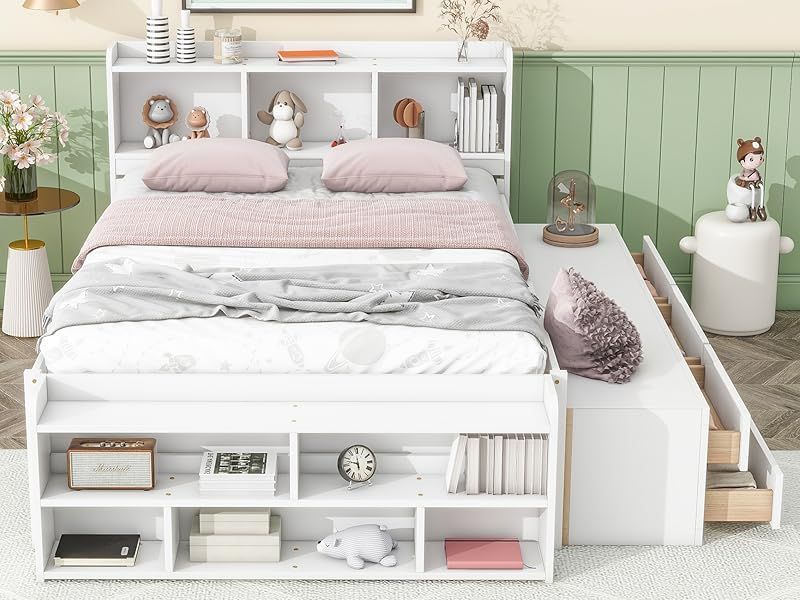
My bookcase headboard is the hardest-working piece in my bedroom! It holds books, my alarm clock, reading glasses, and decorative items – all within arm’s reach while I’m in bed. This eliminates the need for nightstands in really tight spaces.
You can buy purpose-built storage headboards or create your own using bookshelves placed sideways or mounted on the wall. Some designs include sliding doors or drawers for hidden storage. This vertical solution adds function exactly where you need it most without consuming precious floor space.
11. Opt For Sliding Doors And Furniture
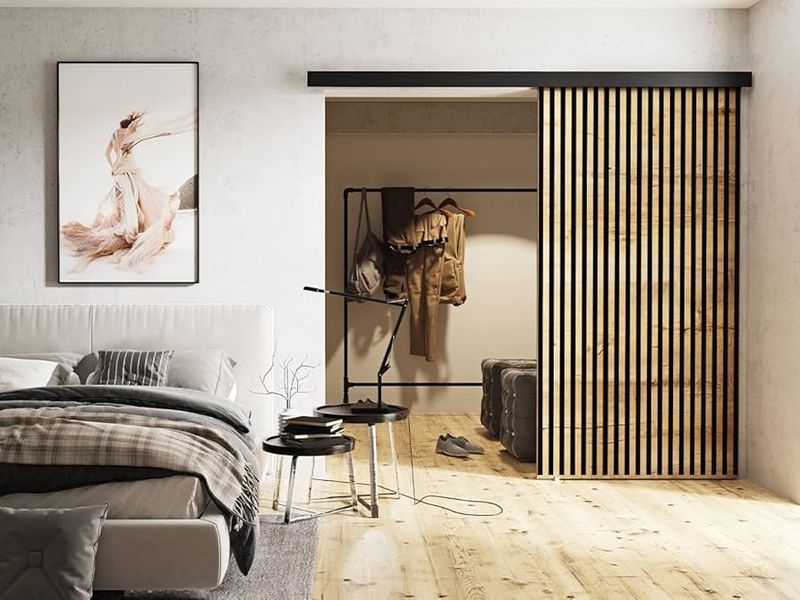
Regular doors eat up valuable floor space with their swing radius! Replacing my closet door with a sliding barn-style door saved about 10 square feet of usable space in my small bedroom. That’s enough room for a small dresser or reading nook!
Furniture with sliding mechanisms works the same magic. Wardrobes with sliding doors let you access your clothes without needing clearance space. Even a desk or vanity can have sliding components that tuck away when not in use. These space-saving solutions let you pack more function into tight quarters.
12. Utilize Corner Spaces Effectively
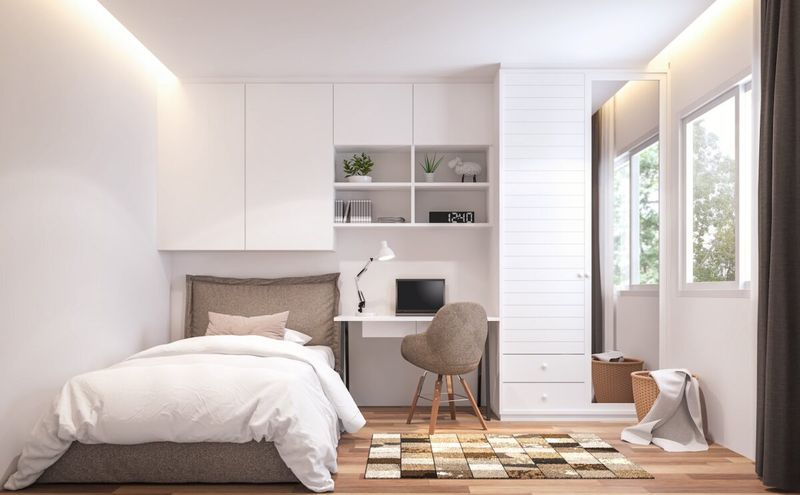
Corners are often wasted in small bedrooms! I tucked a corner desk into my bedroom, creating a home office that takes up minimal space. Those 90-degree angles can be perfect for shelving, vanities, or even the bed itself. Corner shelving units maximize storage while taking up minimal floor area.
A corner headboard design can free up wall space for other furniture. Even something as simple as a corner plant stand adds function to otherwise dead space. Every inch counts in a small bedroom, and corners offer more inches than you might think!
13. Choose Light-Filtering Window Treatments
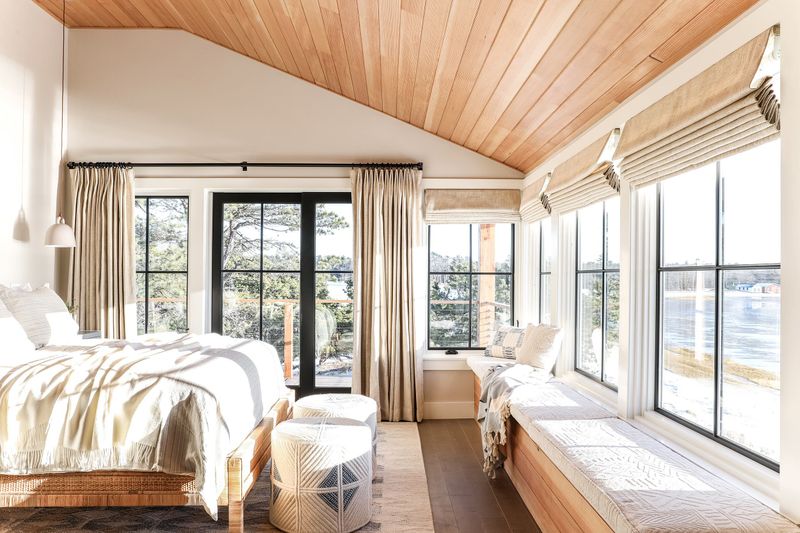
Heavy curtains can make small rooms feel cave-like! I switched to simple roller shades in my bedroom, and the difference was immediate – more light, less visual clutter, and the illusion of more space. The right window treatments balance privacy with openness.
Mount curtain rods close to the ceiling and extend them beyond the window frame to make windows appear larger. Sheer fabrics let in maximum light while providing daytime privacy. For sleeping, consider layering with blackout blinds that roll up completely during the day, maintaining that airy feel when you want it.
14. Embrace Minimalism With Intention
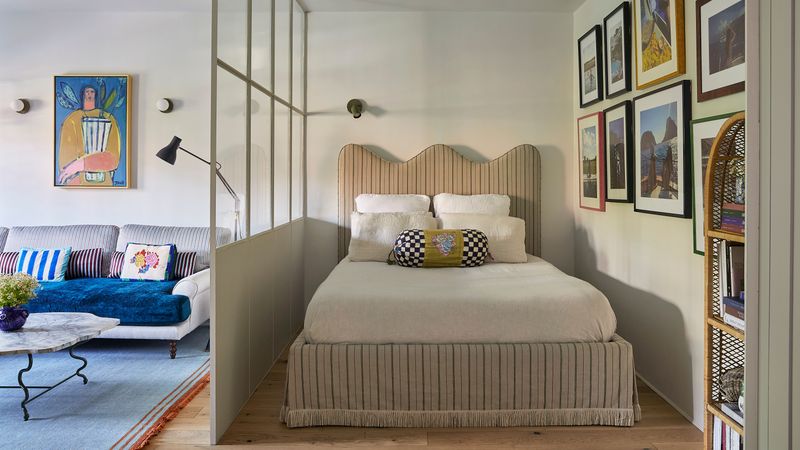
Clutter is the arch-nemesis of small bedrooms! I practiced the one-in-one-out rule for six months and transformed my cramped space into a peaceful retreat. Being selective about what you keep makes a huge difference in how spacious your room feels.
Focus on quality over quantity with both furniture and décor. Choose a few meaningful pieces rather than many small ones. Store only in-season clothes in your bedroom and rotate others to storage elsewhere. Remember – in small spaces, every item should either serve a purpose or bring you joy.
15. Install Smart Lighting Solutions
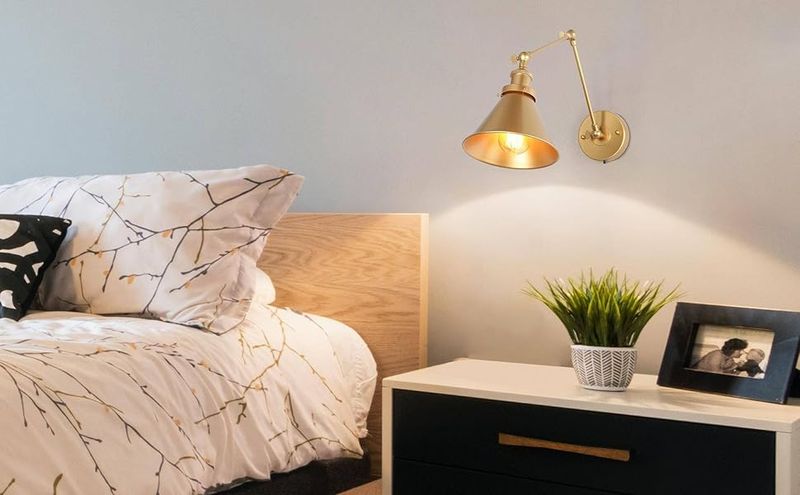
Proper lighting transformed my tiny bedroom from cave-like to spacious! I installed wall-mounted swing arm lamps instead of table lamps, freeing up precious nightstand space while providing perfect reading light. Strategic lighting creates zones and dimension in small rooms.
Recessed lighting doesn’t take up any space at all. LED strip lights under shelving add ambiance and function. Consider lights with dimming capabilities to adjust the mood throughout the day. Good lighting draws the eye upward and outward, making small spaces feel larger and more dynamic.
16. Designate Zones For Different Activities
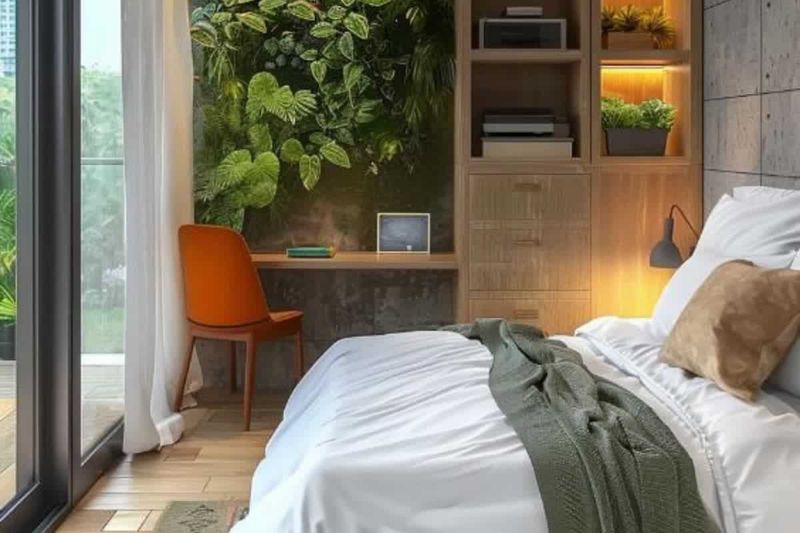
Even the smallest bedroom can serve multiple purposes! I created a tiny reading nook in the corner of my bedroom with just a comfortable chair and wall-mounted light. This made my room feel like it had two distinct spaces instead of just one.
Area rugs can visually separate sleeping areas from work or relaxation zones. Different lighting schemes help define spaces – brighter for work areas, softer for relaxation. Even something as simple as turning your desk to face away from your bed creates psychological separation between work and rest.


